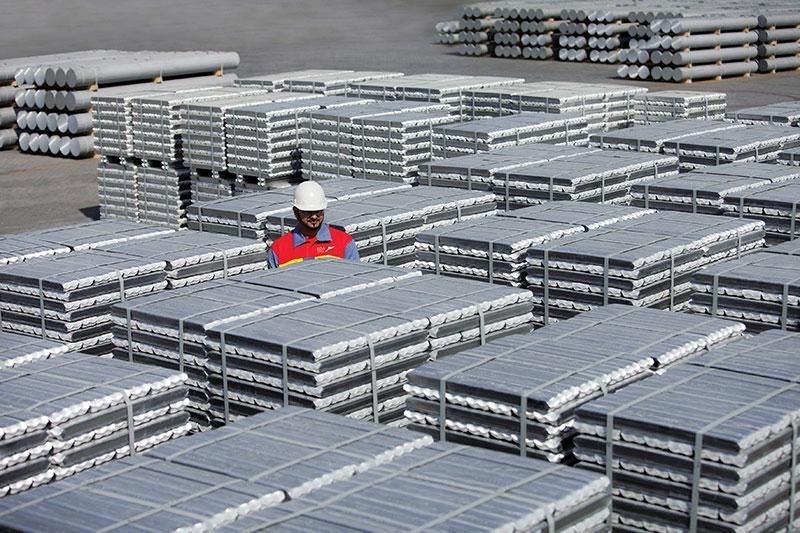

The global aluminium industry is cautious about the potential competition between the United States and European buyers for Middle Eastern aluminium if the European Union bans Russian metal, leading to price hikes to the 2018 level when sanctions were imposed on Rusal.

As an impact of the possible aluminium price hikes due to the intense race for aluminium from the Middle Eastern countries, including the United Arab Emirates and Bahrain, product costs will inflate for Western companies from the transport, packaging, and construction industries, fuelling an additional challenge besides high energy costs.
Although, as per the last report, the European Union may refrain from banning Russian aluminium, the bloc is expected to soon propose another package with new import bans, resulting in a supply shortage in Europe.
As per calculation, the Russian aluminium ban will leave Europe with a shortage of around 500,000 tonnes of the metal. To replenish it, the European countries will lean upon Middle Eastern countries that produced 6.2 million tonnes of aluminium or 9 per cent of global supplies last year, according to the International Aluminium Institute. Of this production, about 2 million tonnes was shipped to Europe and the United States.
Dmitri Ceres, a U.S.-based aluminium trader at PerenniAL, said: "Middle Eastern suppliers will not be able to fully substitute Europe's shortfall quickly."
Russian aluminium accounts for 8 per cent of the EU's total imports, providing 512,122 tonnes in 2023.
To secure an equivalent amount of aluminium from the Middle East, the European Union will need to increase premiums to attract metal away from other regions, including the United States. Even the latter will need to raise premiums to survive in the competition.
EU imports of aluminium from the Middle East were nearly 1.2 million tonnes or 18.8 per cent of the total last year, while the U.S. imported more than 800,000 tons or 19.3 per cent.



Responses






